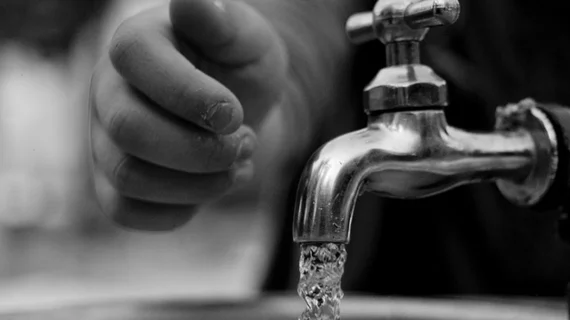Univ. of Houston researchers design smartphone system that can detect lead in tap water
University of Houston researchers have created a smartphone system that can detect dangerous levels of lead in tap water.
According to the university, researchers were able to create the lead-detecting system using a smartphone and lens made with an inkjet printer. The system also combines “nano-colorimetry with dark-field microscopy, integrated into the smartphone microscope platform to detect levels of lead below the safety threshold set by the Environmental Protection Agency.”
The EPA requires lead levels in drinking water to be below 15 parts per billion, but currently available consumer test kits aren’t sensitive enough to accurately detect lead at that level. UH's system uses color analysis to detect nanoscale lead particles.
“By using an inexpensive smartphone equipped with an inkjet-printed lens and using the dark-field imaging mode, researchers were able to produce a system that was both portable and easy to operate, as well as able to detect lead concentrations at 5 parts per billion in tap water,” a release stated. “The sensitivity reached 1.37 parts per billion in deionized water.”
The new system comes amid the ongoing Flint water crisis. The crisis, which started in 2014, originated after lead from water pipes infiltrated the drinking water of residents in Flint, Michigan.

